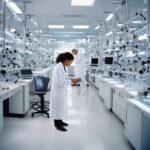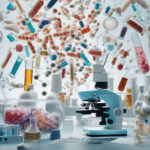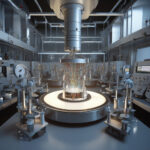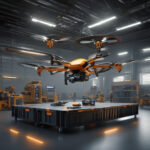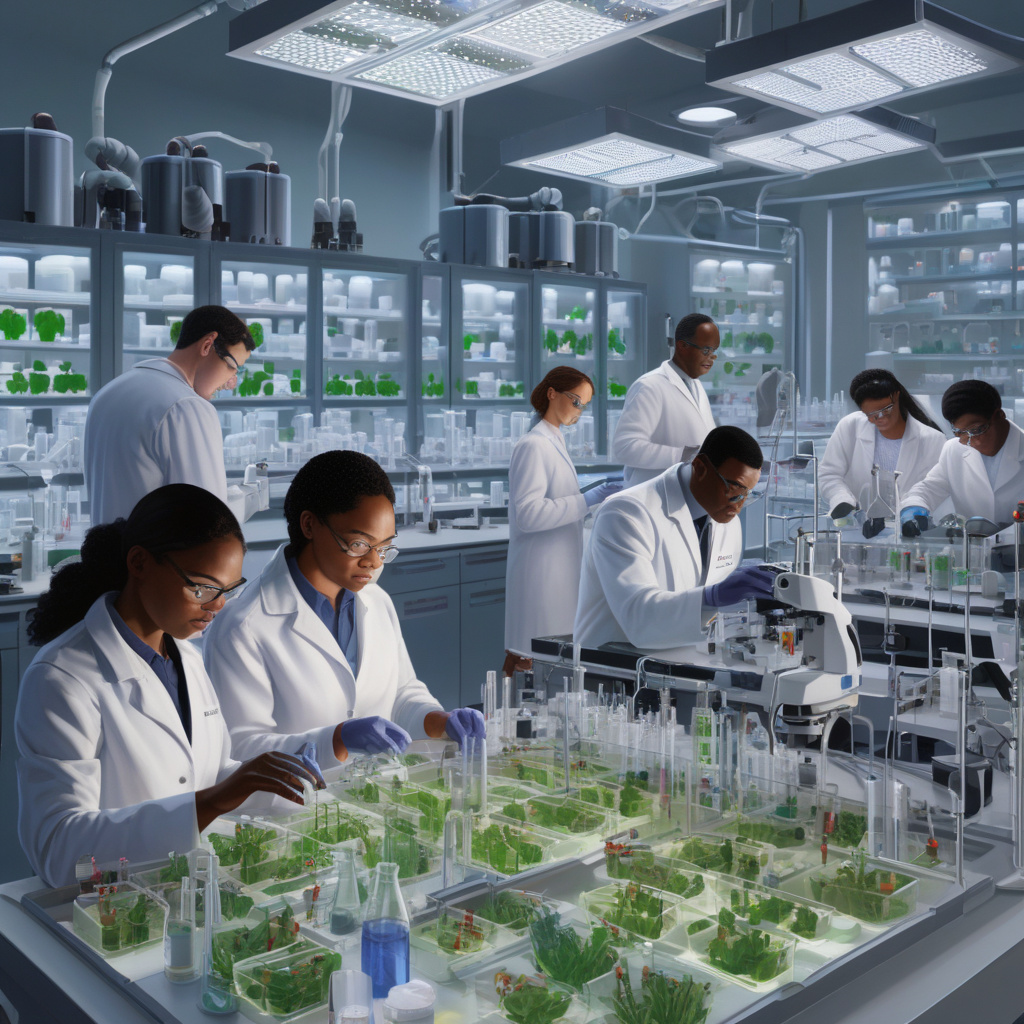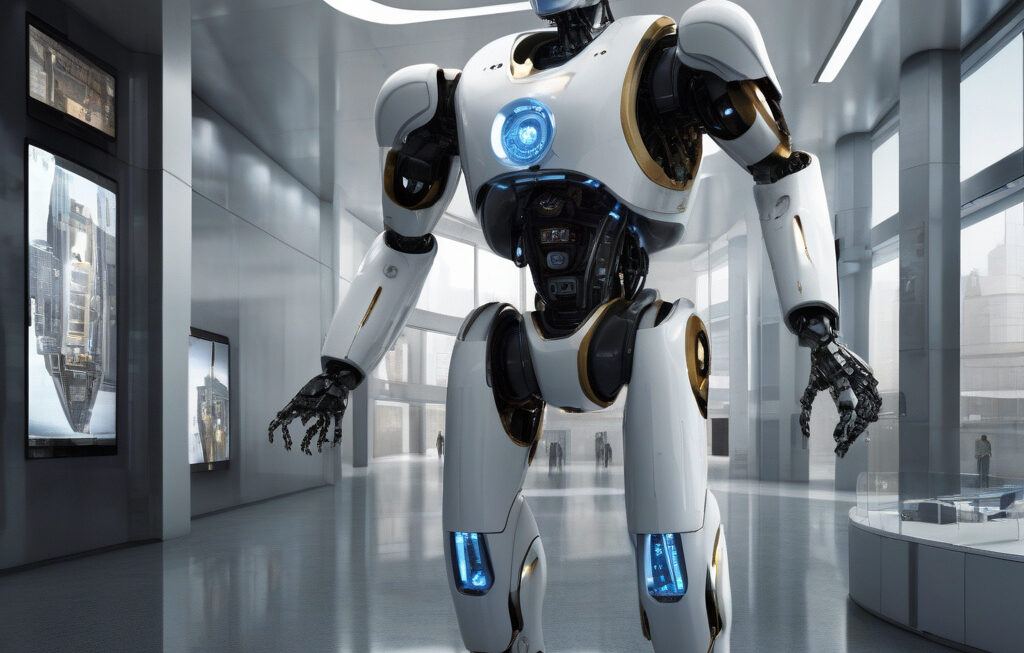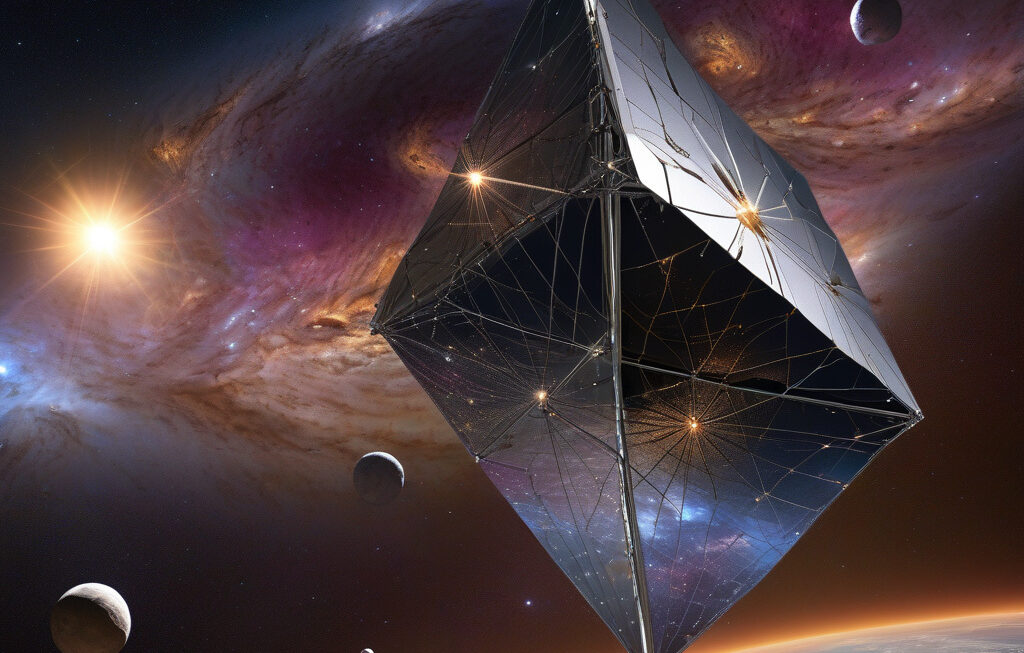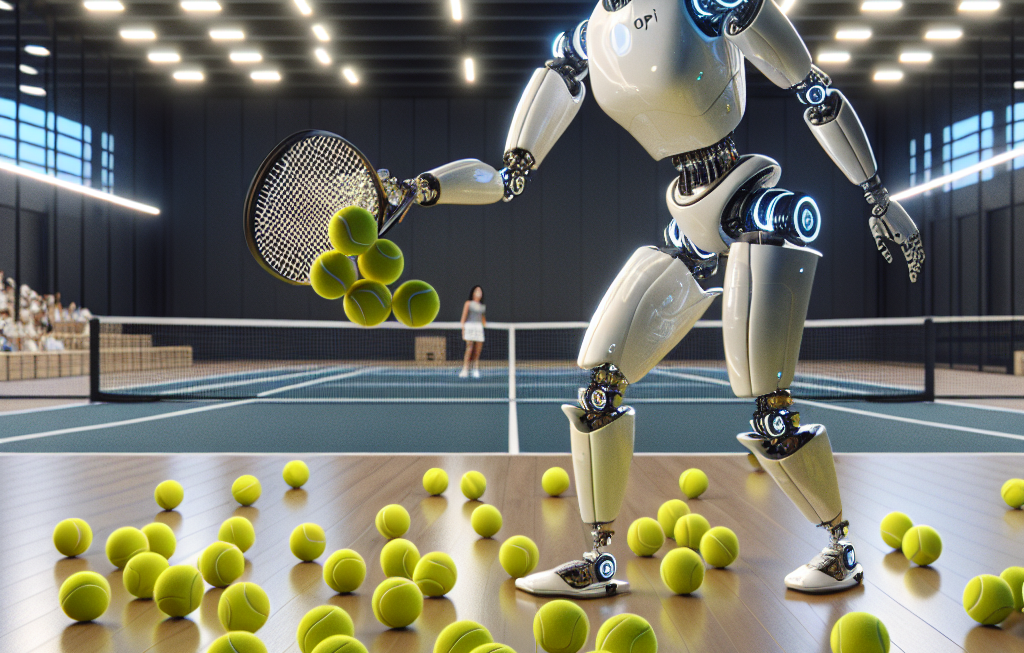MIT Engineers Bacteria to Text Soaring Drones About Soil Nutrients 295 Feet Away
Sensors that utilize bacteria to monitor pollutants or nutrients in the soil have been previously hailed as a groundbreaking innovation in the field of agriculture. However, the latest development from the Massachusetts Institute of Technology (MIT) takes this concept to new heights – quite literally. MIT engineers have successfully engineered bacteria to communicate with drones flying as high as 295 feet above, providing real-time data on soil nutrients.
This cutting-edge technology involves genetically modified bacteria that are designed to react to specific nutrients present in the soil. When these bacteria come into contact with the target nutrient, they produce a signal that is picked up by sensors. These sensors, in turn, transmit the information to a nearby drone through a wireless connection. The drone then relays the data to a central computer for analysis, allowing farmers to make informed decisions about their crops quickly and efficiently.
The implications of this innovation are vast. By harnessing the power of bacteria and drones, farmers can now obtain detailed information about the nutrient levels in their soil without the need for manual testing. This not only saves time and resources but also enables farmers to take proactive measures to optimize their crop yields.
Moreover, the use of bacteria as living sensors offers a level of accuracy that traditional electronic sensors struggle to match. Bacteria have evolved over millions of years to detect and respond to specific substances in their environment with incredible precision. By tapping into this natural ability, MIT engineers have created a system that is not only highly sensitive but also environmentally friendly.
In addition to monitoring soil nutrients, this technology has the potential to revolutionize the way we approach environmental monitoring as a whole. Imagine a network of bacteria-powered sensors that can detect pollutants in water sources or monitor air quality in real-time. The possibilities are endless, and the impact could be profound.
Of course, as with any emerging technology, there are challenges that need to be addressed. Questions about the safety and ethical implications of releasing genetically modified bacteria into the environment must be carefully considered. MIT researchers have assured the public that extensive testing has been conducted to ensure the safety of this technology, but ongoing monitoring and evaluation will be essential.
Despite these challenges, the potential benefits of this innovation are clear. By combining the power of bacteria with the agility of drones, MIT engineers have opened up new possibilities for precision agriculture and environmental monitoring. As this technology continues to evolve, we can expect to see even more exciting applications that have the potential to transform the way we interact with our environment.
In conclusion, the collaboration between bacteria and drones may seem like something out of a science fiction novel, but thanks to the pioneering work of MIT engineers, it is now a reality. By leveraging the unique strengths of these two technologies, we are entering a new era of data-driven agriculture and environmental stewardship that holds great promise for the future.
MIT, Engineers, Bacteria, Drones, SoilNutrients


